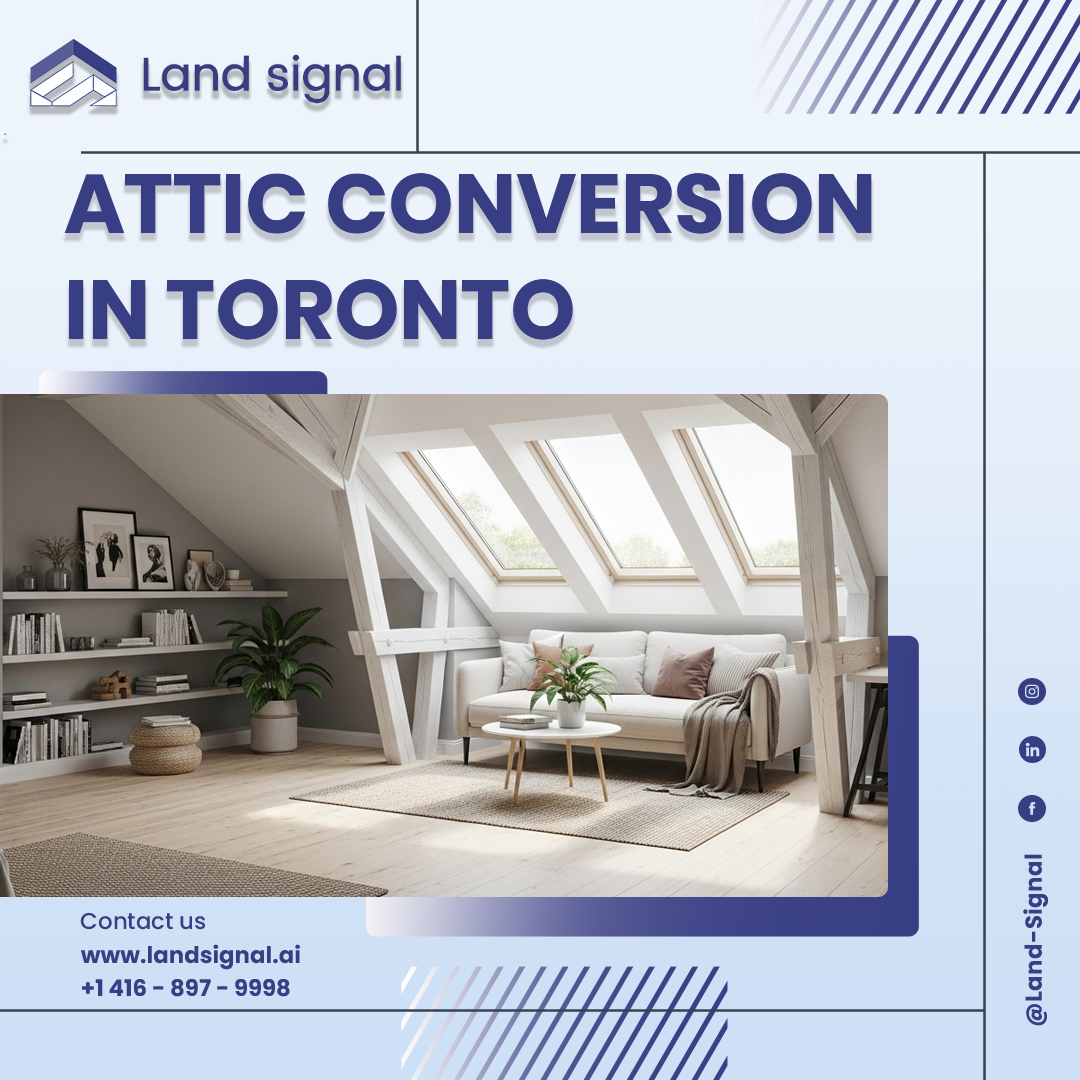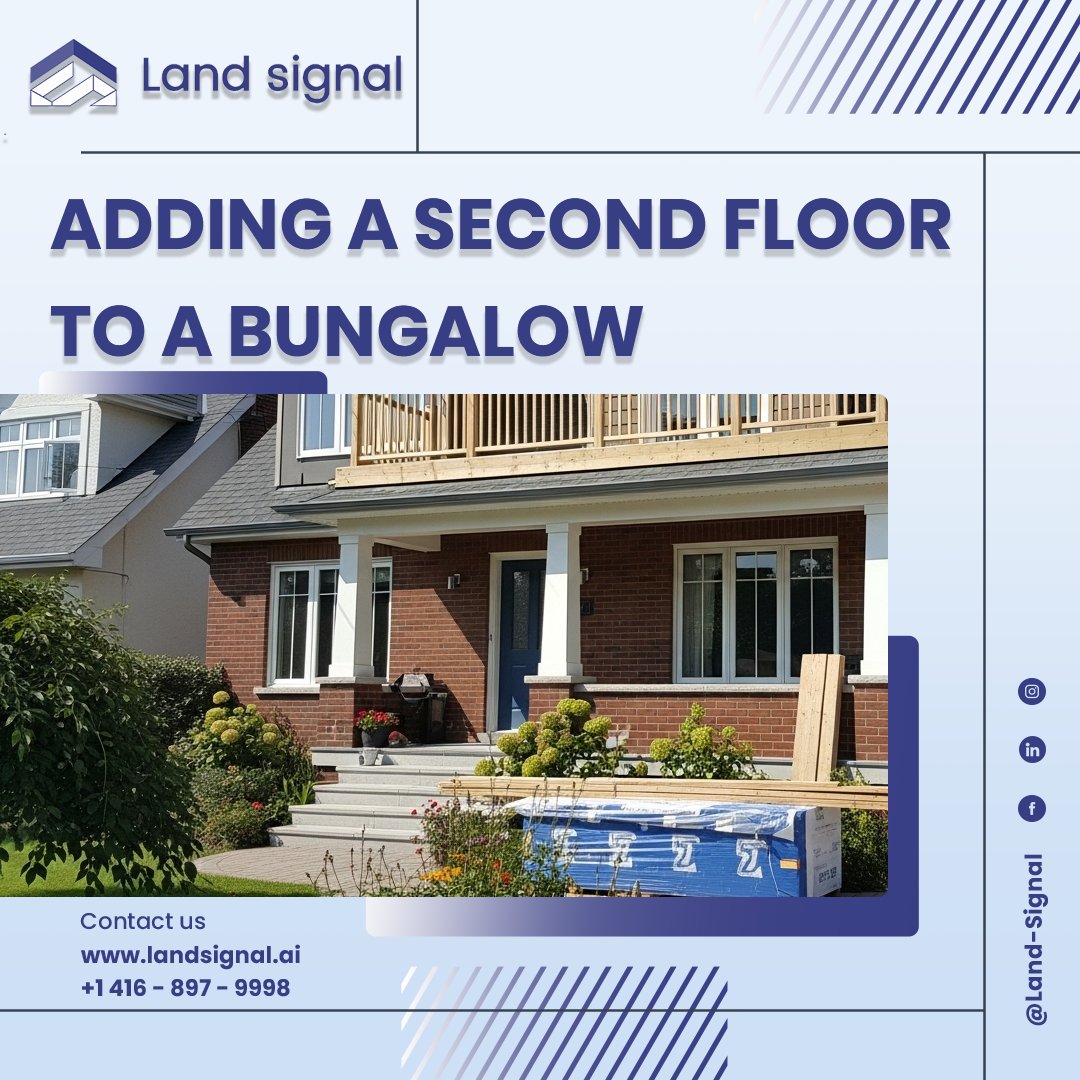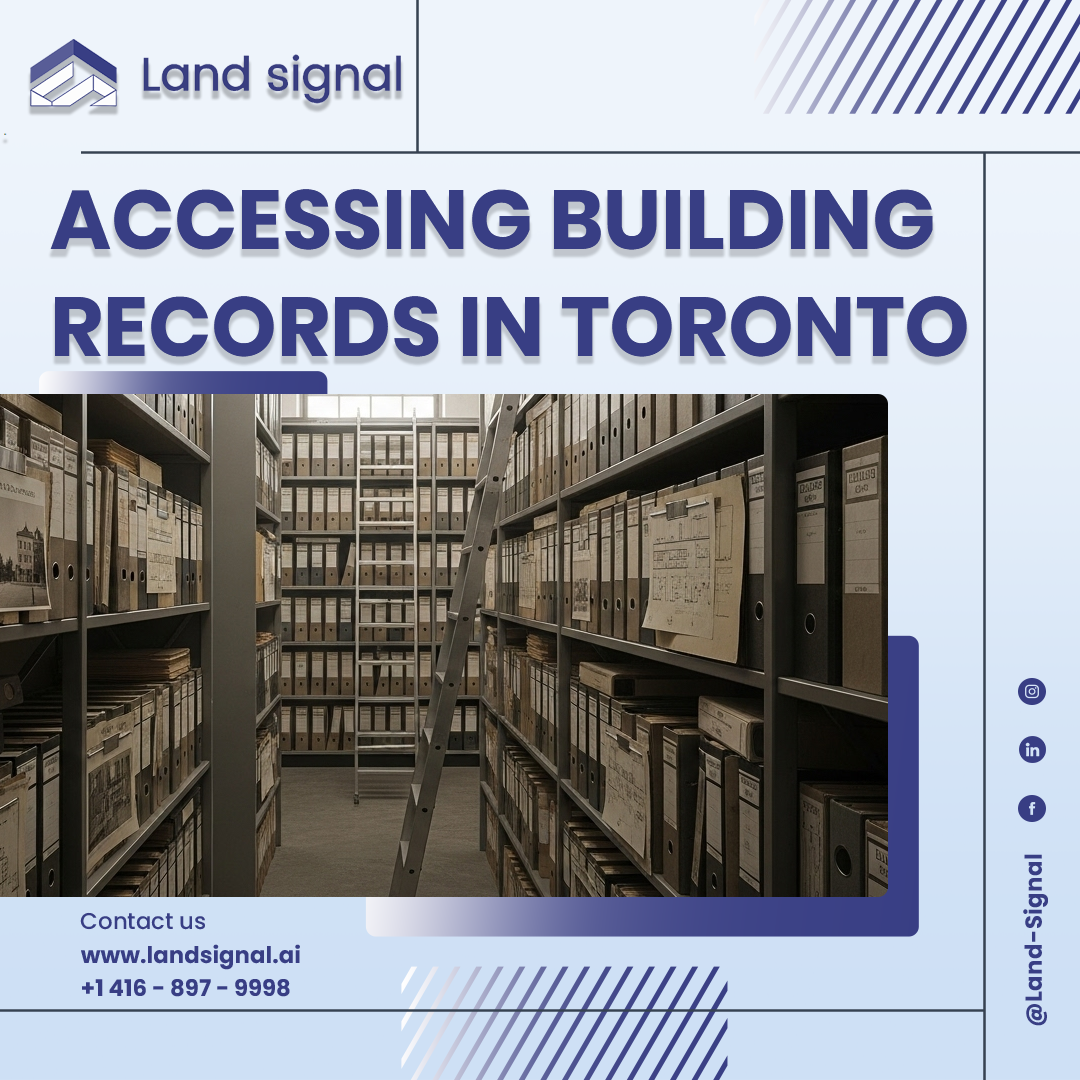For Toronto homeowners, the single-family lot is no longer just a home; it’s an asset with untapped potential. As the city evolves, two powerful options have emerged for maximizing this potential: constructing a detached laneway suite or converting a basement into a legal secondary unit.
This guide moves beyond surface-level comparisons. We provide a data-driven analysis of the financial, regulatory, and lifestyle implications of each choice, empowering you to make a calculated decision that aligns with your specific goals—whether that’s generating rental income, creating multi-generational living space, or enhancing your property’s long-term value.
Start Your Project with Confidence
At Land Signal, we assist with construction and renovation permits, as well as Garden House and Laneway Suite designs. Let our experts guide you through every step.
Initial Capital Outlay
The financial barrier to entry is arguably the most significant differentiator between these two development options. A legal basement suite, while not inexpensive, leverages the home’s existing structure.
In contrast, a laneway suite Toronto is a ground-up micro-home construction project with costs to match. These “soft costs” like surveys, architectural plans, and engineering reports are significantly higher for laneway homes due to their complexity.
Furthermore, laneway construction costs can fluctuate based on site-specific challenges, such as difficult soil conditions or limited access for heavy machinery. The immense cost difference is further amplified by the need for independent utility connections (water, sewer, hydro), a major expense not applicable to basement conversions which tie into existing systems.
To provide a granular view, the following table breaks down the typical expenses for your Laneway Home vs. Basement Suite Toronto project. Another crucial metric for investors and builders is the cost-per-square-foot.
For basement suites, this figure is often lower as you are renovating an existing shell. However, for laneway homes, the cost-per-square-foot can be surprisingly high, often exceeding that of a standard full-sized home.
This is due to the fixed costs of kitchens, bathrooms, and utility connections being spread over a much smaller area, alongside the unique logistical challenges of building in a constrained space. Understanding this metric provides a more sophisticated lens through which to evaluate the raw construction numbers and anticipate the project’s financial intensity.
| Cost Component | Legal Basement Suite | Laneway Suite |
| Design & Engineering | $5,000 – $10,000 | $15,000 – $30,000 |
| Permits & Fees | $3,000 – $7,000 | $10,000 – $15,000 |
| Construction | $50,000 – $120,000+ | $300,000 – $500,000+ |
| Landscaping/Site Prep | Minimal | $10,000 – $30,000 |
| Estimated Total | $60,000 – $150,000 | $350,000 – $575,000 |
Financing and Grant Opportunities
Once you have a grasp of the initial costs, the logical next step is exploring how to fund your project. Standard financing routes like mortgage refinancing or a Home Equity Line of Credit (HELOC) are viable for both options, allowing you to borrow against your property’s existing value.
However, for those leaning towards a laneway suite, a significant opportunity exists that can alter the financial equation. The City of Toronto offers a powerful incentive program that prospective builders should examine closely before finalizing their budget. This program includes one particularly notable element:
- Affordable Laneway Suites Pilot Program: This city-led initiative provides a forgivable loan of up to $50,000 for qualifying projects. The loan is forgiven on a gradual basis over 15 years, provided the property owner rents the unit at or below the city’s annually determined average market rent. This can substantially reduce the net cost and improve the long-term return on investment, making it a critical factor in your analysis.
The Regulatory Framework
Navigating the path to a home building permit Toronto is a journey through a dense forest of zoning bylaws, building codes, and municipal requirements. Laneway suites are governed by strict rules like the 45-degree angular plane, which limits the building’s height to protect neighbours’ sunlight. Furthermore, lots must have adequate frontage on a public laneway and provide a clear, unobstructed path for emergency vehicle access.
If a property doesn’t meet these rigid criteria perfectly, it may require an application to the Committee of Adjustment for a “minor variance,” adding months and uncertainty to the process.
Basement suites, conversely, face rigorous codes for fire separation (e.g., specific fire-rated drywall for furnace rooms) and mandatory ceiling heights, often necessitating costly underpinning.
This regulatory stage is often where timelines get extended and budgets are strained. Navigating this complex web is precisely where expert guidance becomes invaluable. At Land Signal, we specialize in interpreting zoning bylaws in Toronto and managing the entire permit process.
We transform a potential bottleneck into a predictable phase of your project. The official debate of Laneway Home vs. Basement Suite Toronto is heavily influenced by these legal realities.
Read Also: A Complete Guide to Obtaining a Legal Basement Permit Toronto
Projecting Financial Returns
Beyond the initial costs, a savvy investor focuses on income generation and long-term return. Here, the divergence between the two options becomes a compelling story. A basement suite offers a quicker path to positive cash flow, but a laneway suite commands a significantly higher rental income.
It’s also important to factor in increased property taxes, which will be reassessed by the city after construction is complete. This new expense will impact your net operating income and should be included in any ROI calculation. Let’s delve into the specifics for each.
Laneway Suite Rental Income
A modern, detached laneway suite is a premium rental product. With its own entrance, walls, and style, it attracts a wider pool of high-quality tenants—from professionals to couples—willing to pay more for privacy.
In Toronto, this means an average rent of $3,000 to $3,200 for a two-bedroom unit. This powerful revenue stream, while taking longer to offset the initial cost, often leads to superior long-term wealth generation.
Basement Suite Rental Income
A legal basement suite is a reliable source of rental income. Though fetching a lower rent than a laneway home—typically between $1,800 and $2,000 for a comparable two-bedroom unit—its lower construction cost means a shorter time to recoup your investment.
Its affordability also ensures high demand and lower vacancy rates, making it a stable and efficient way to turn underutilized space into a productive asset. For many, this makes it a winning choice in the Laneway Home vs. Basement Suite Toronto matchup.
Spatial Dynamics and Privacy
The choice between these housing types extends deep into lifestyle and personal space. A laneway suite offers the pinnacle of privacy. As a separate dwelling, it eliminates concerns about noise transfer and creates a clear boundary between the owner’s and tenant’s lives. This autonomy is a defining feature that many find invaluable.
However, this comes at the cost of your backyard, a trade-off that may be significant for families with children or avid gardeners. Conversely, a basement suite preserves your outdoor space but introduces shared spaces and vertical proximity, which requires a greater degree of tolerance for noise and shared living—even a separate entrance often means pathways are shared.
Architectural & Construction Realities
Bringing either of these projects from concept to completion is a major undertaking. Laneway suite construction is essentially building a miniature house, with a project timeline that can span from 8 to 12 months from groundbreaking to occupancy.
This process is less disruptive to the main house’s occupants but completely transforms the backyard. In contrast, a basement conversion is an intensely invasive process for the household, involving months of noise, dust, and tradespeople inside your home, although the typical timeline is shorter, usually 3 to 5 months.
The disruption level is a critical, non-financial factor to consider. To bridge this gap, leveraging a service that offers cost calculators and design consultations, like we do at Land Signal, can de-risk the process. Our platform helps you connect with vetted professionals, ensuring your Laneway Home vs. Basement Suite Toronto project is executed efficiently.
Long-Term Asset Appreciation
A crucial element is how each addition impacts your property’s market value. While any legal suite is an asset, real estate data suggests a laneway home offers a more transformative uplift. The addition of a second, fully detached dwelling can increase a property’s value by an estimated $190,000 or more.
This is because you are not just adding a rental unit; you are fundamentally changing the property’s composition into a multi-unit lot. This versatility is highly prized by future buyers, offering them options for income, family, or a home office, making the property a uniquely valuable asset and a key consideration when weighing a Laneway Home vs. Basement Suite Toronto.
Beyond the flat increase in property value, a sophisticated investor should also consider the Capitalization Rate (Cap Rate), which measures a property’s rate of return. A laneway suite, despite its high initial cost, often yields a superior cap rate over the long term.
This is because its significantly higher rental income creates a stronger net operating income relative to the property’s market value. While a basement suite offers a quicker payback period on a smaller loan, the laneway suite often performs better as a pure, long-term real estate investment asset, attracting more discerning future buyers who analyze performance metrics.
Conclusion
Ultimately, the decision in the Laneway Home vs. Basement Suite Toronto dilemma is not about which is universally “better,” but which is strategically right for you. Your choice hinges on an honest assessment of three core factors: your immediate capital and financing capacity, your personal priority for privacy and lifestyle, and your overarching investment goals. A basement suite is a cost-effective, pragmatic solution for generating solid returns, while a laneway suite represents a significant long-term investment in maximizing both rental income and property value.






